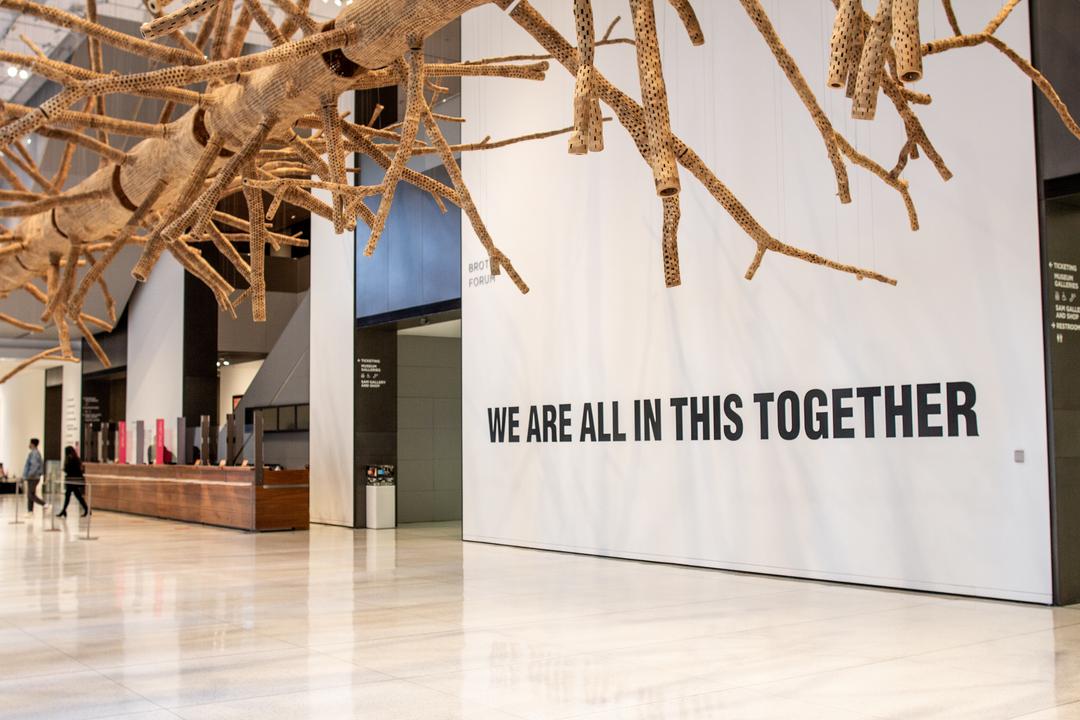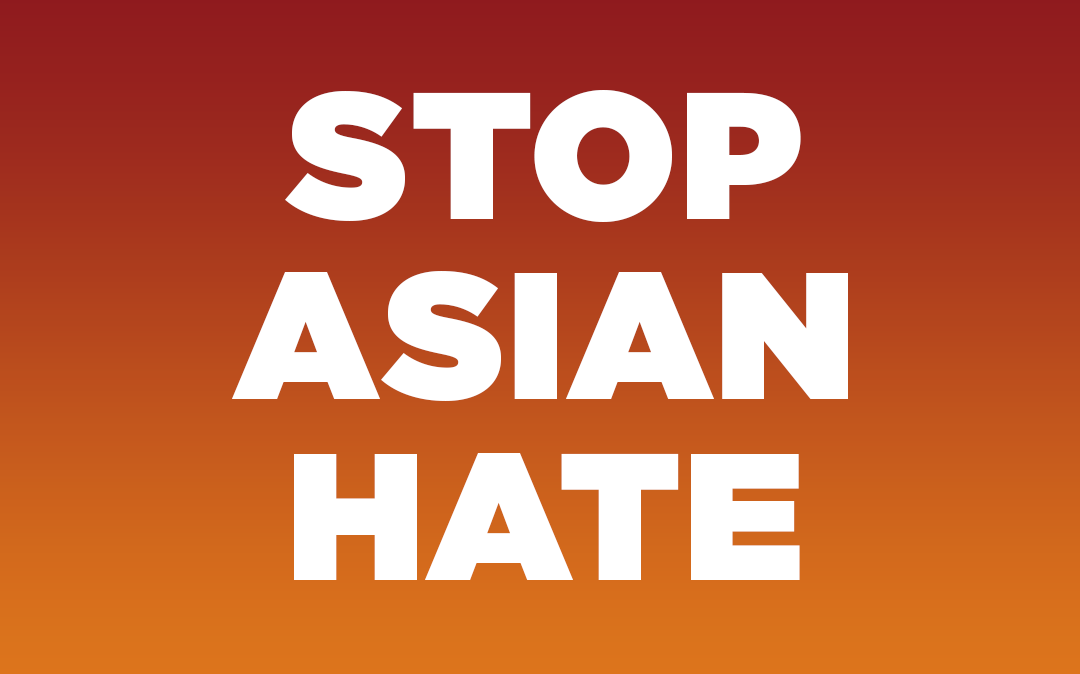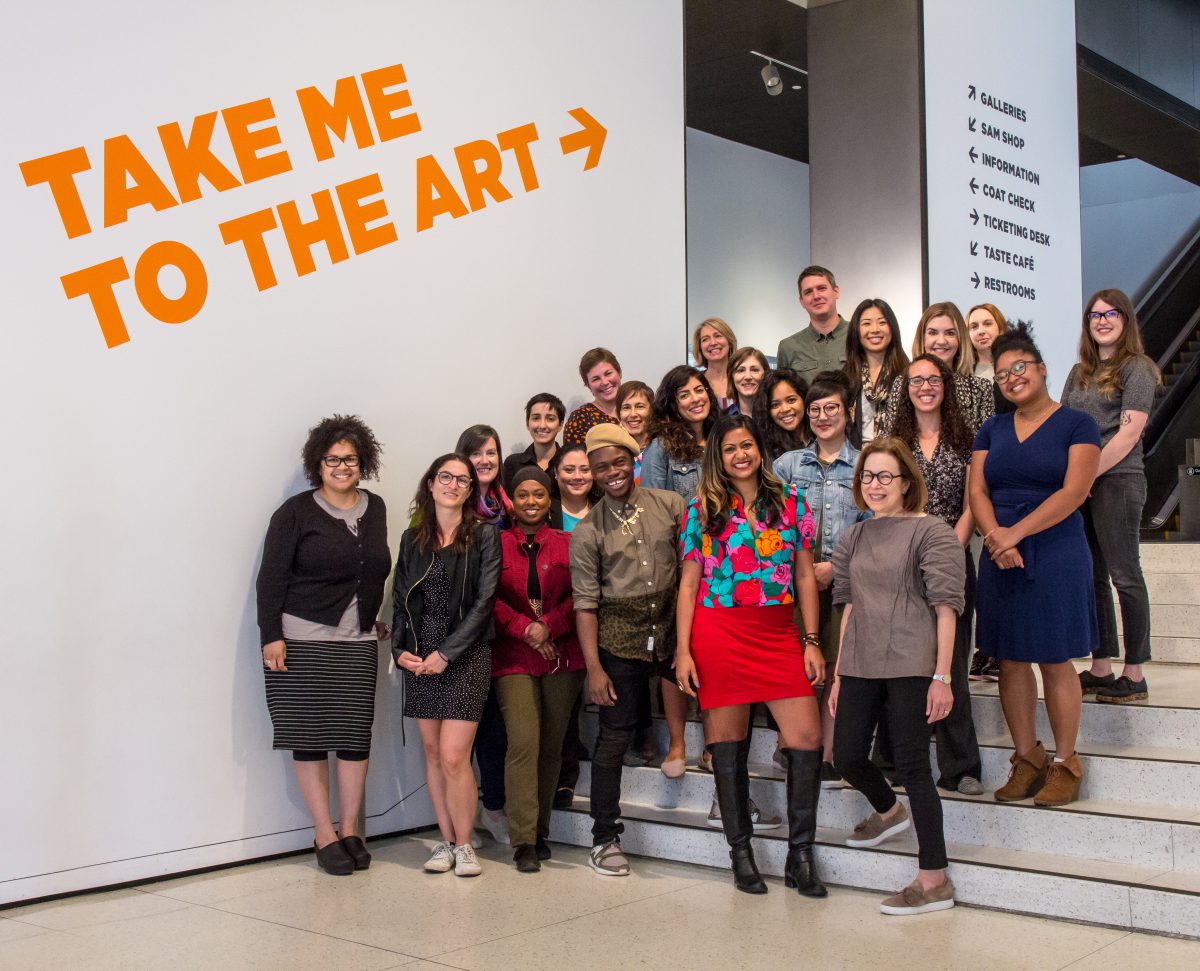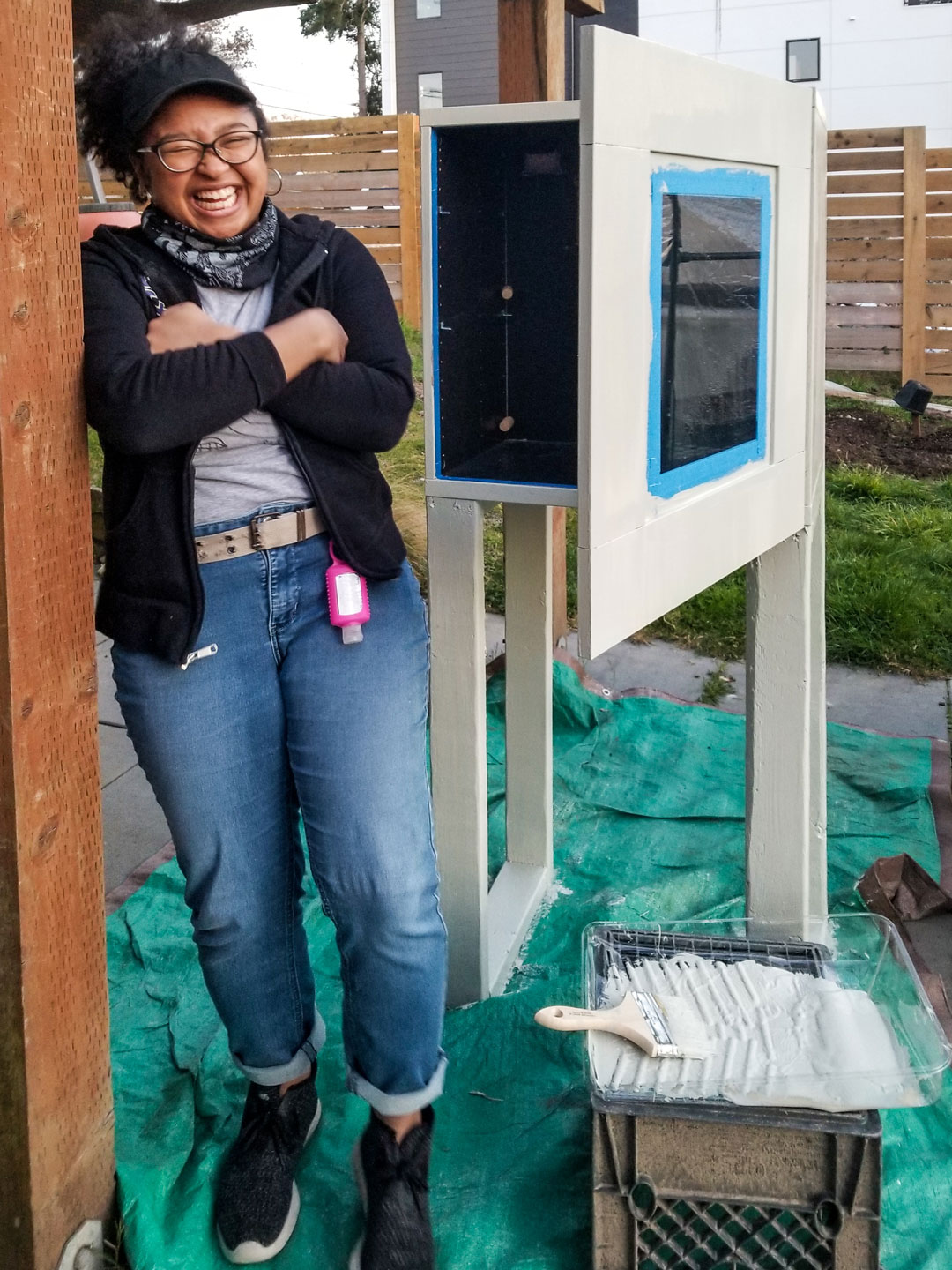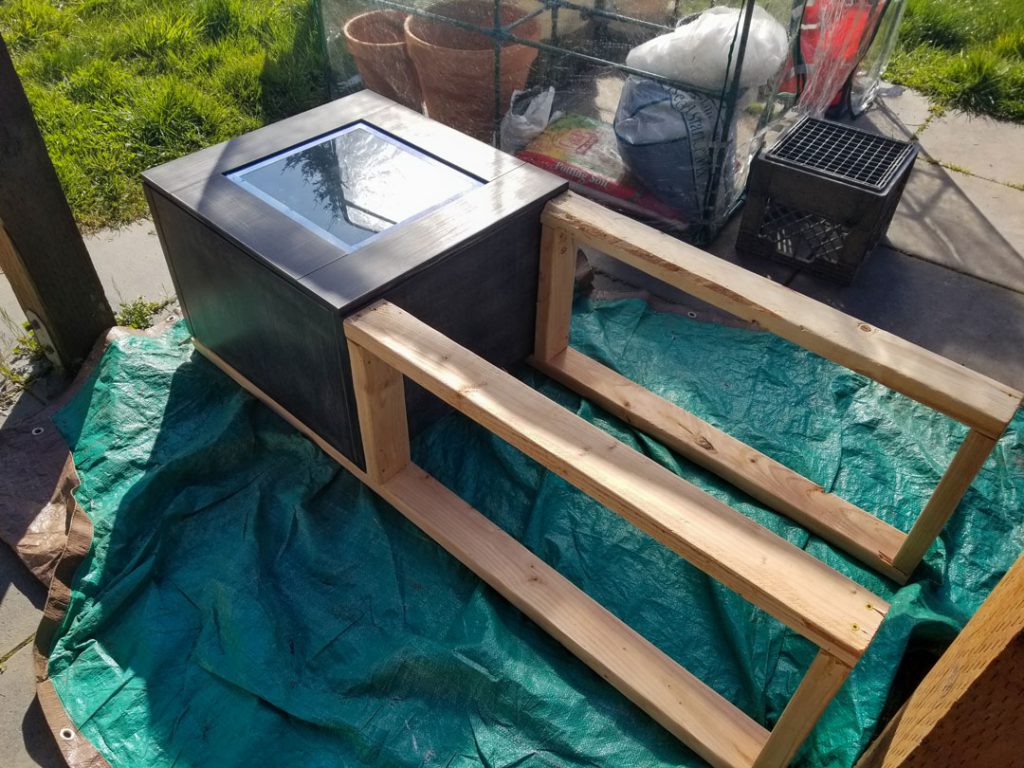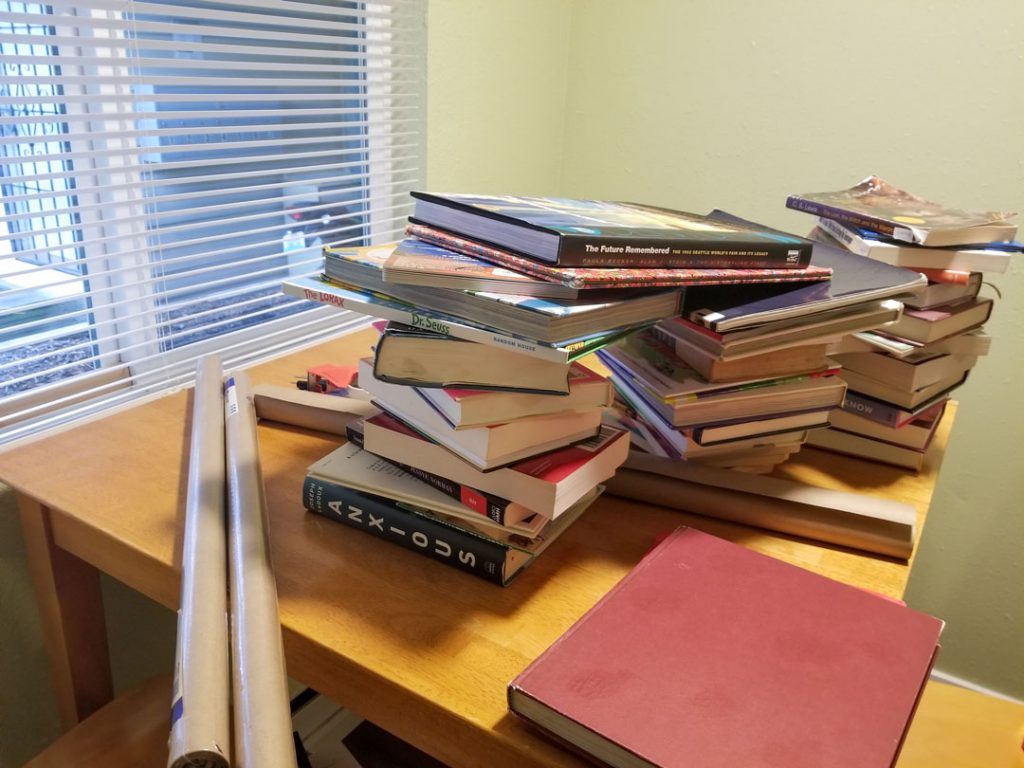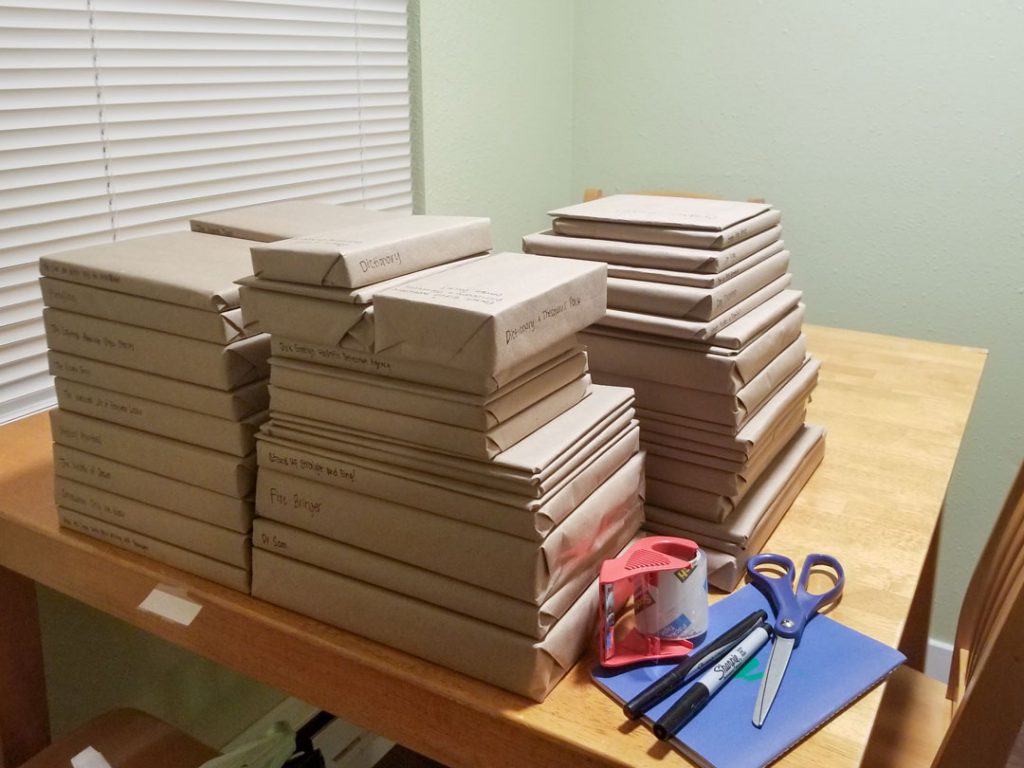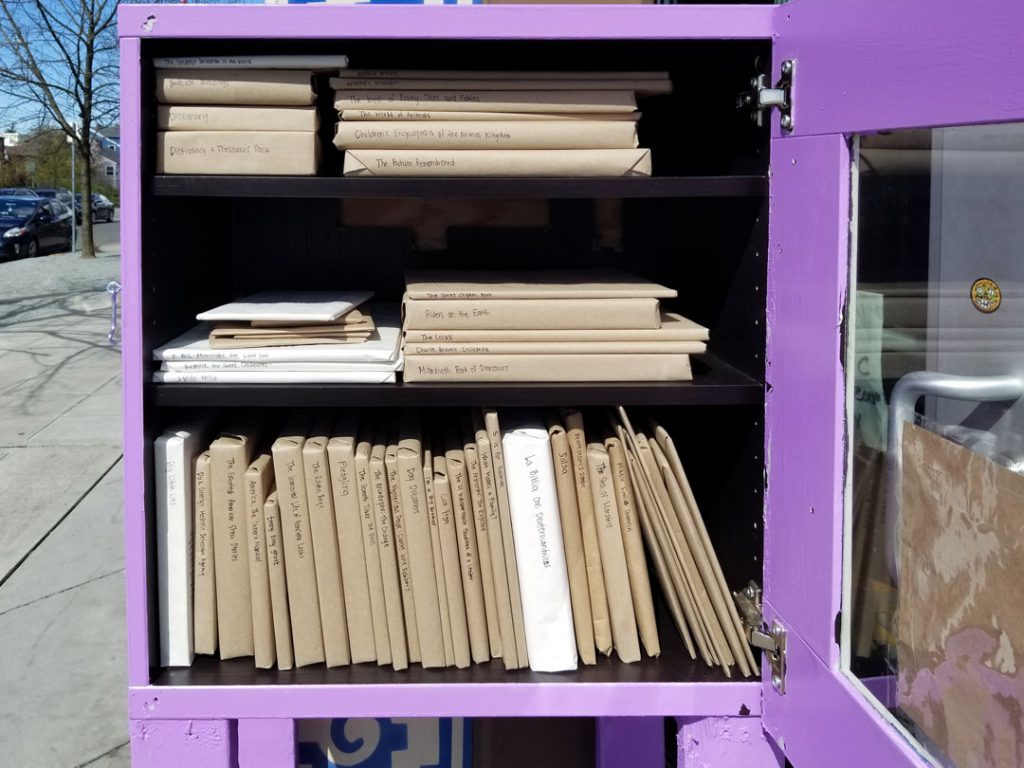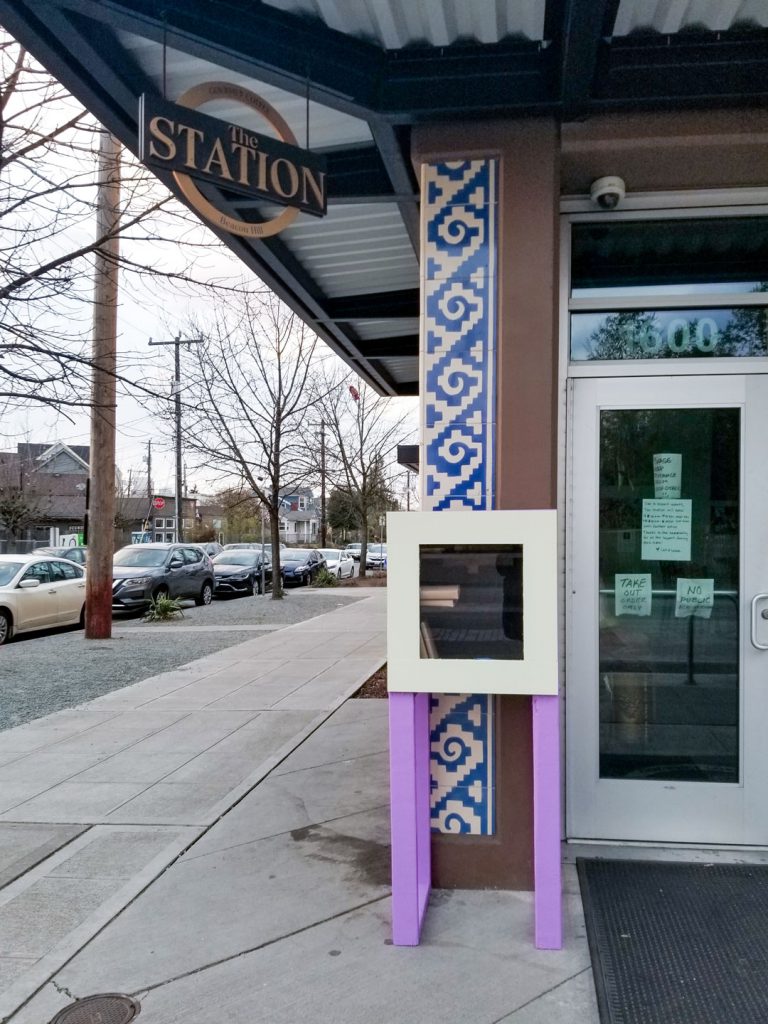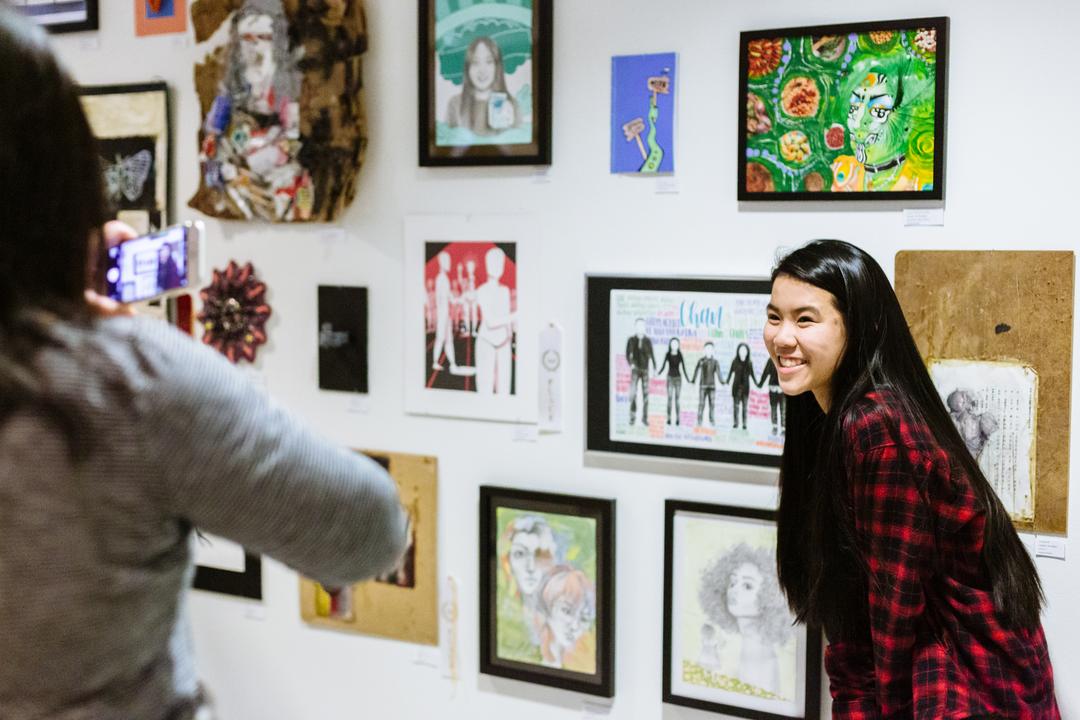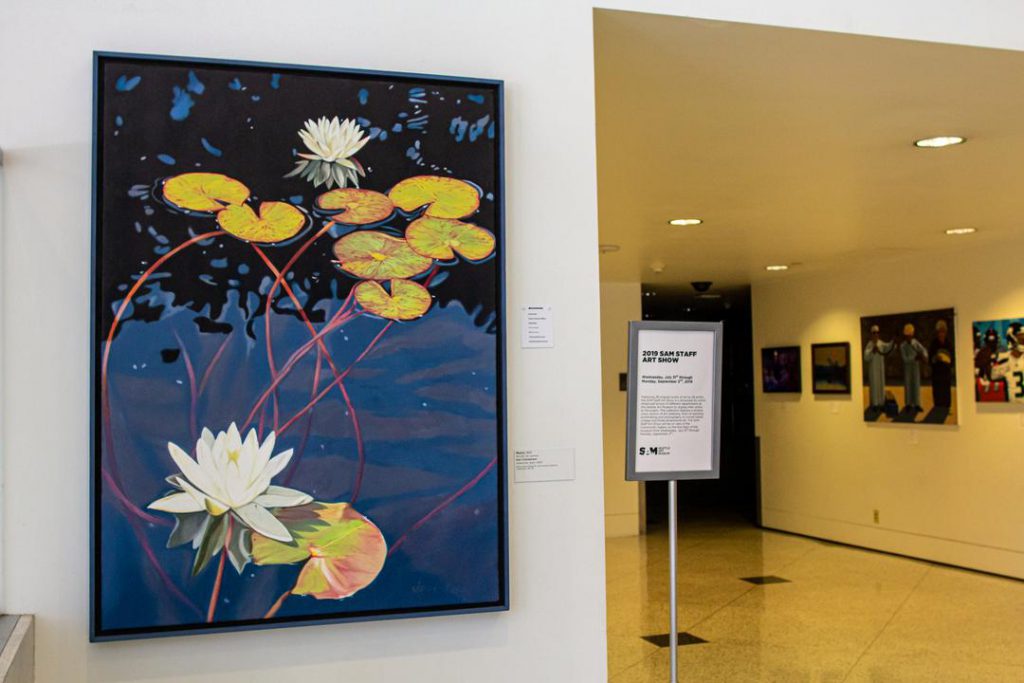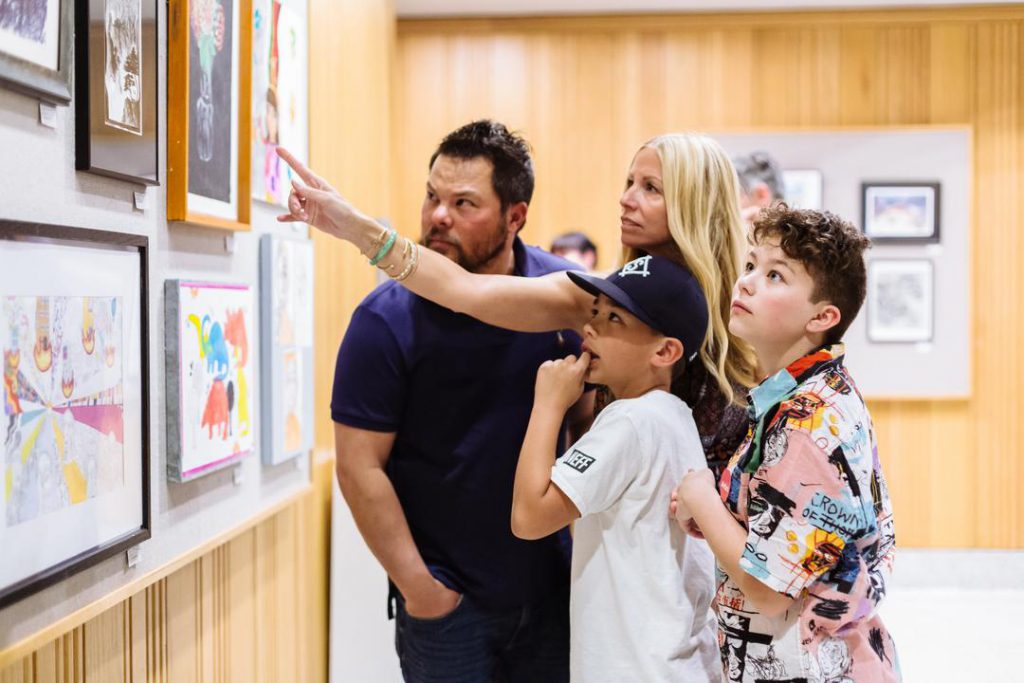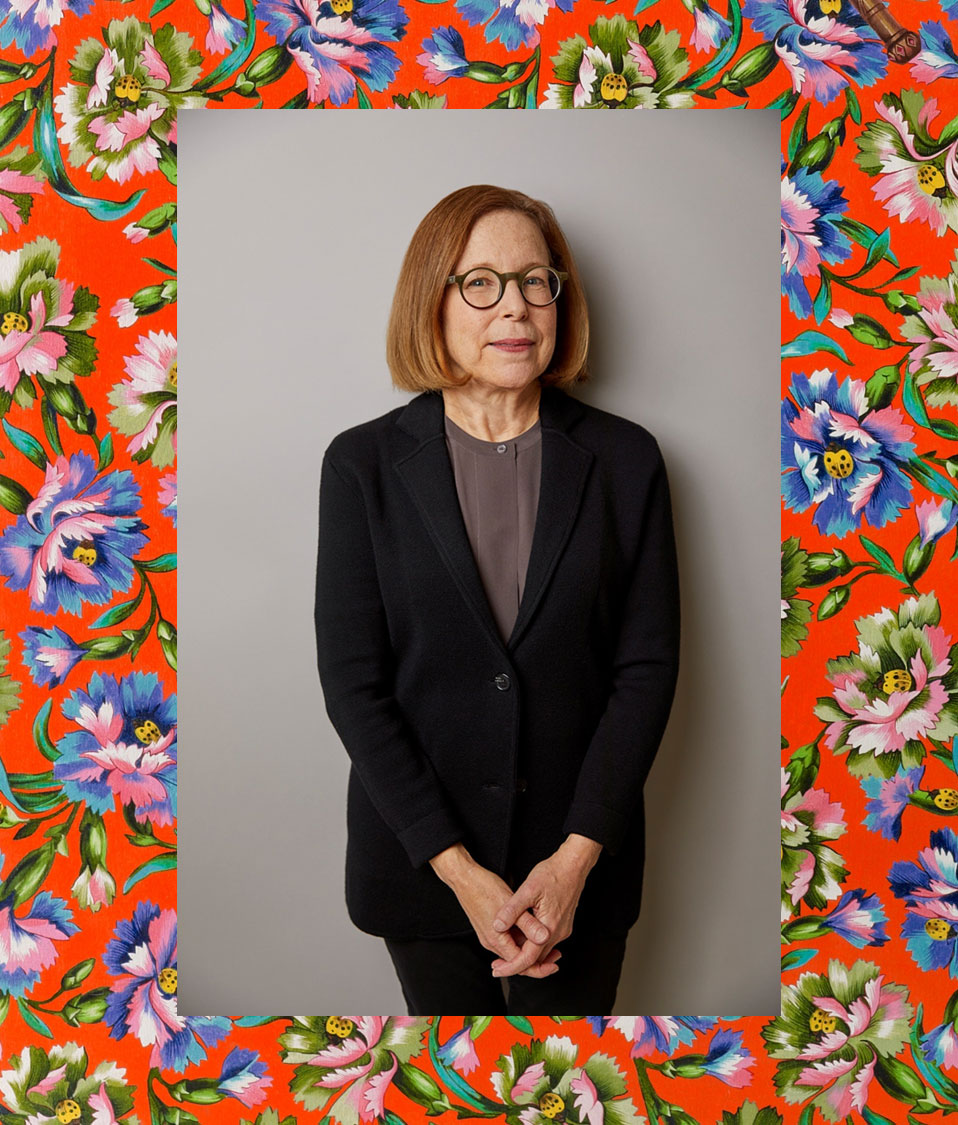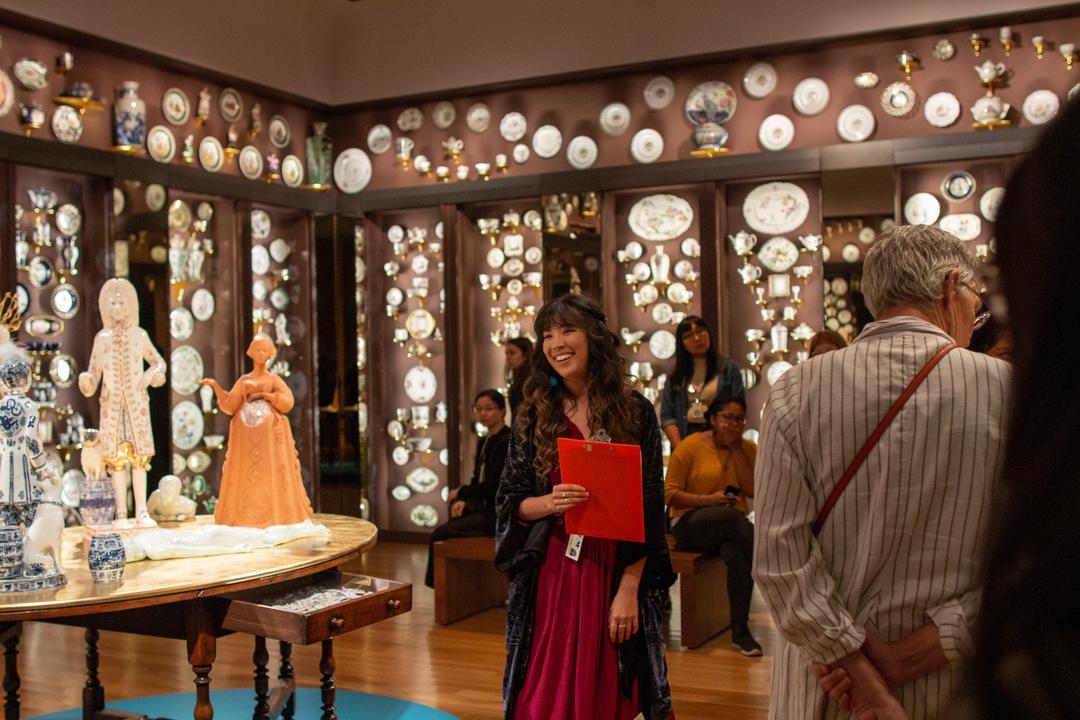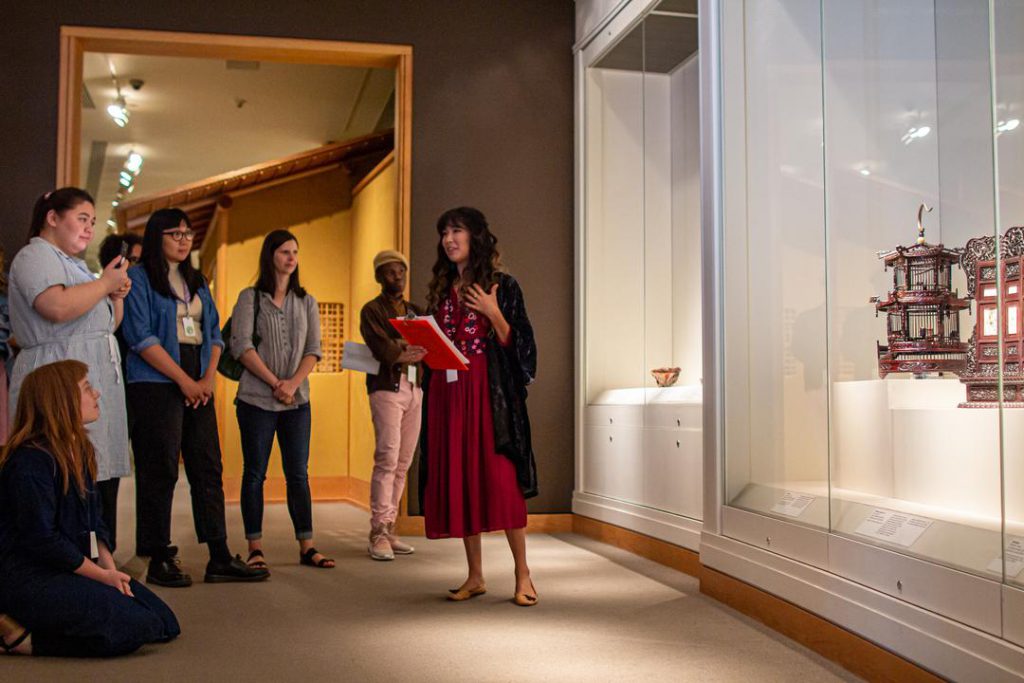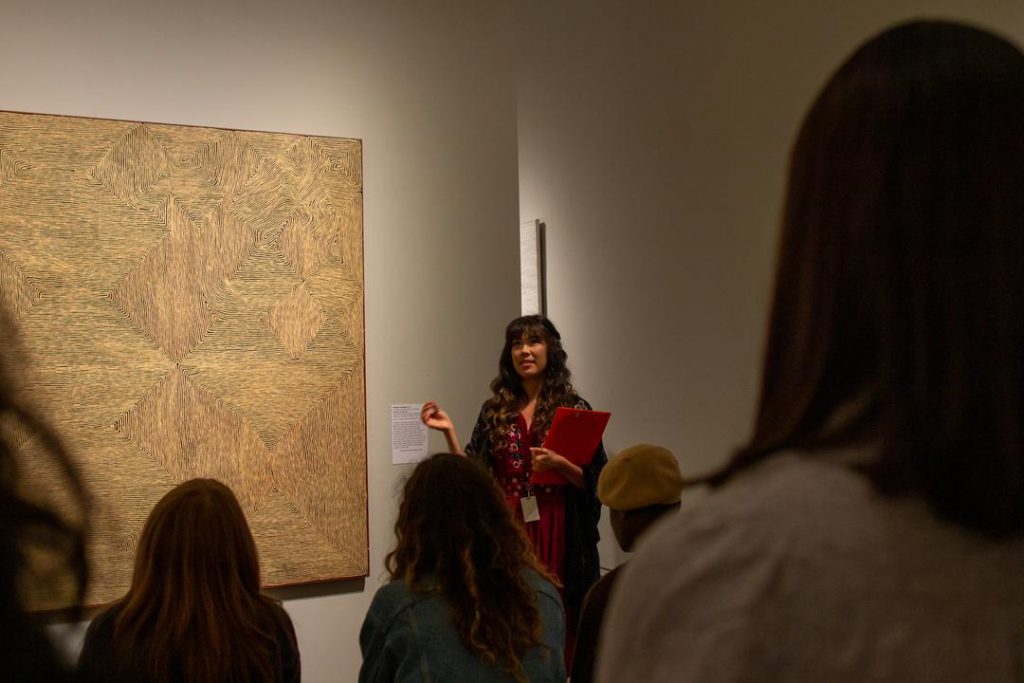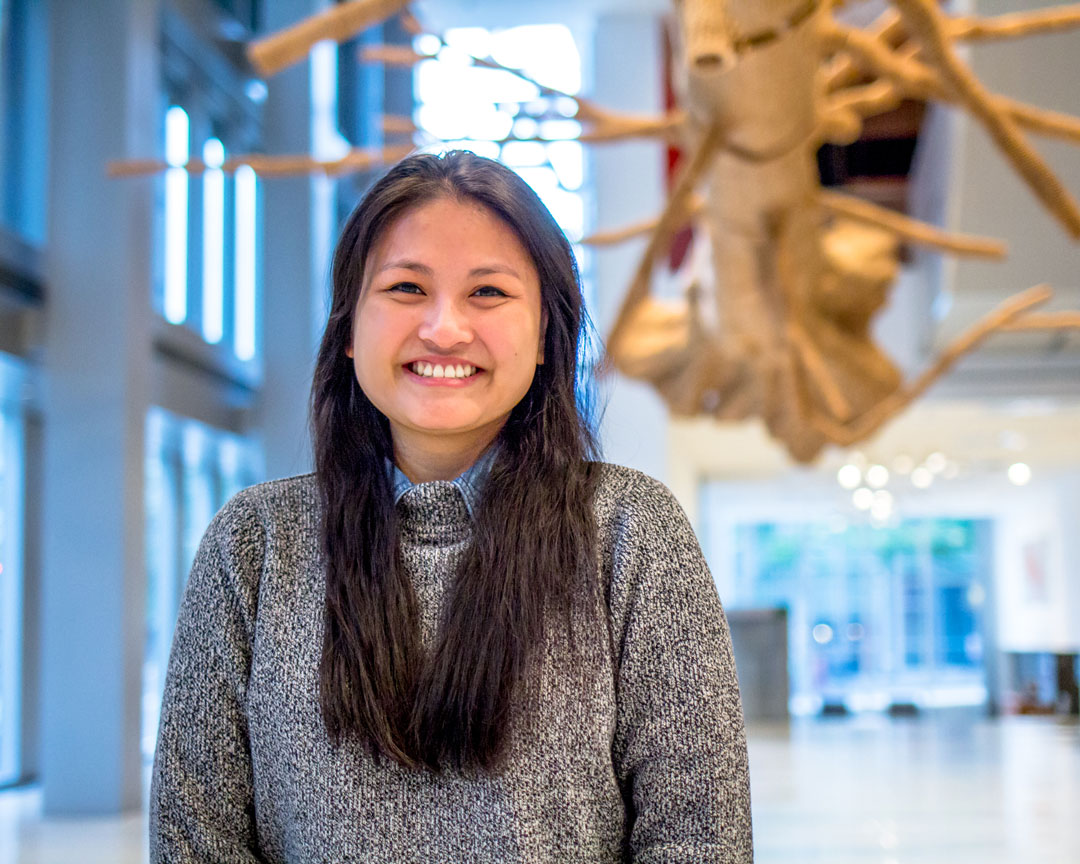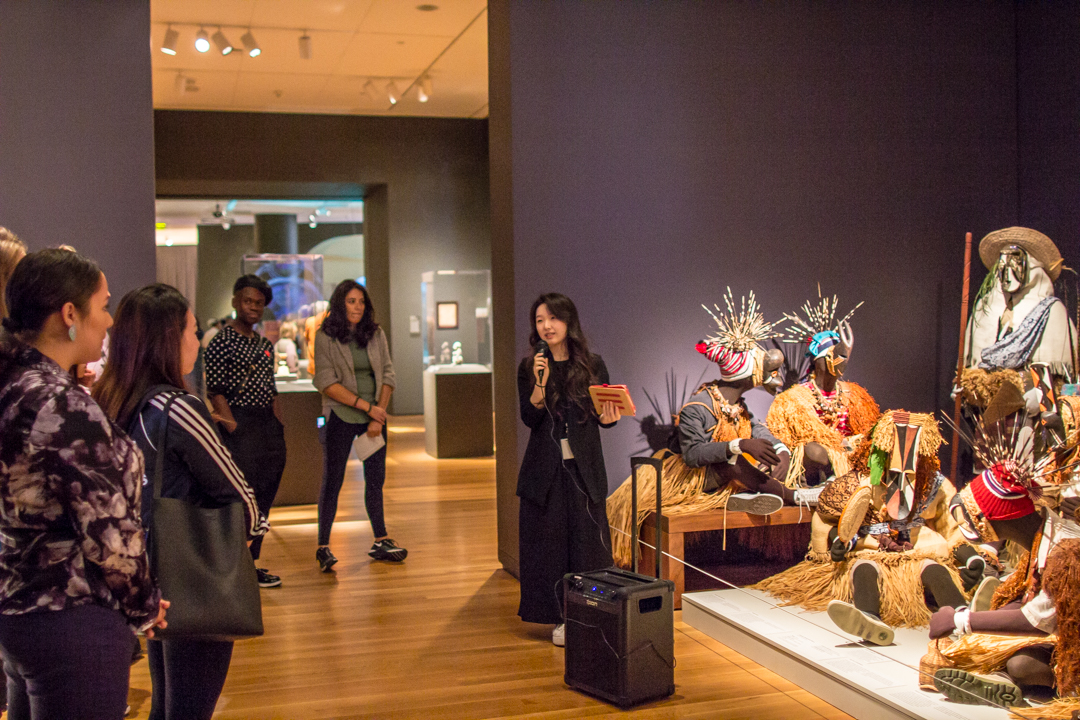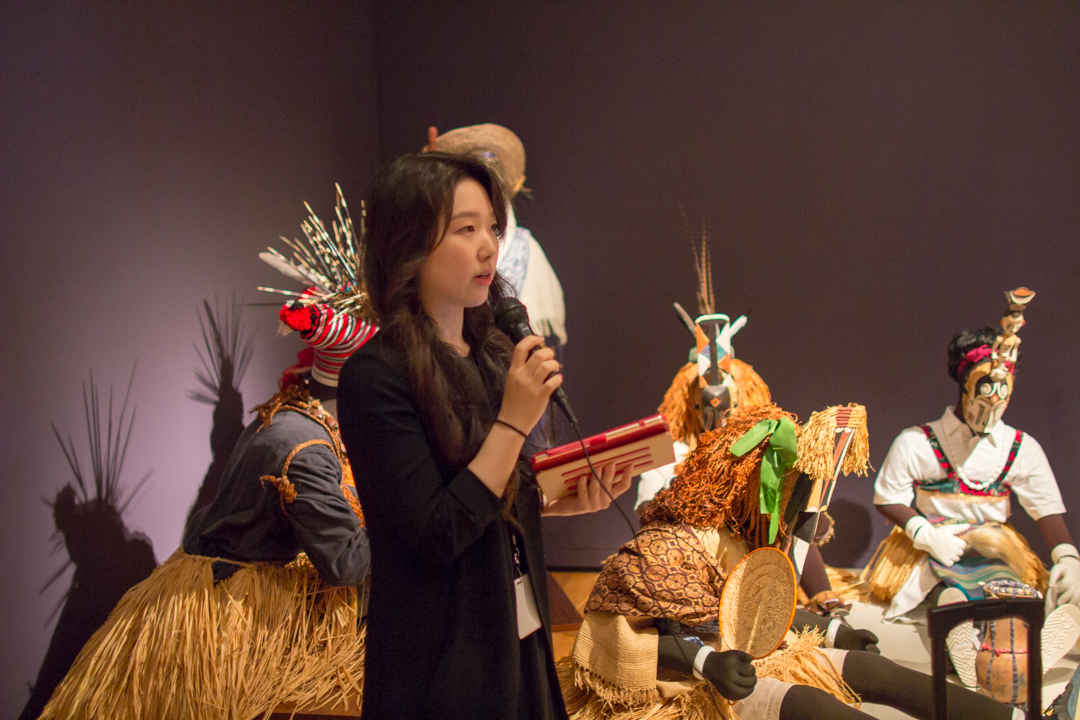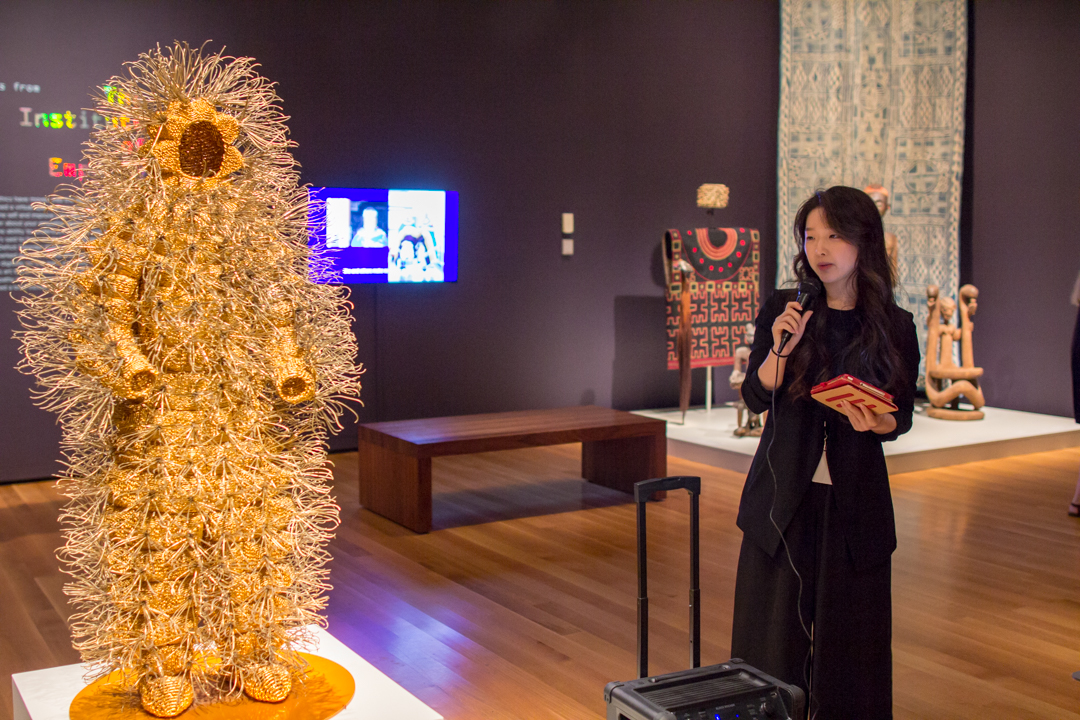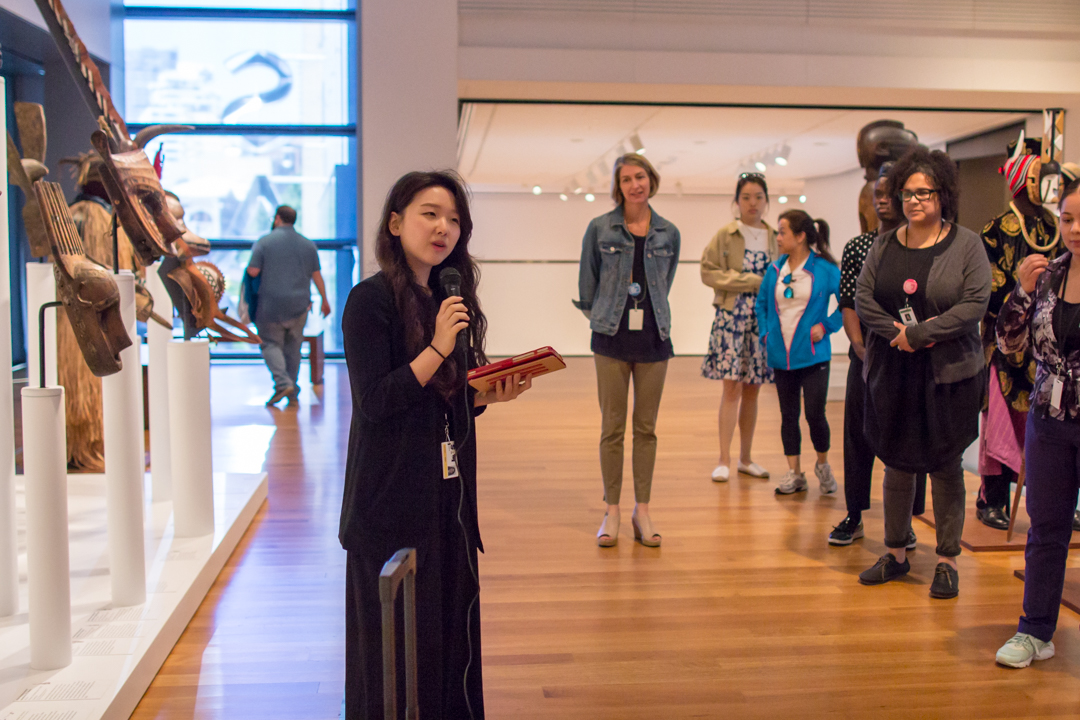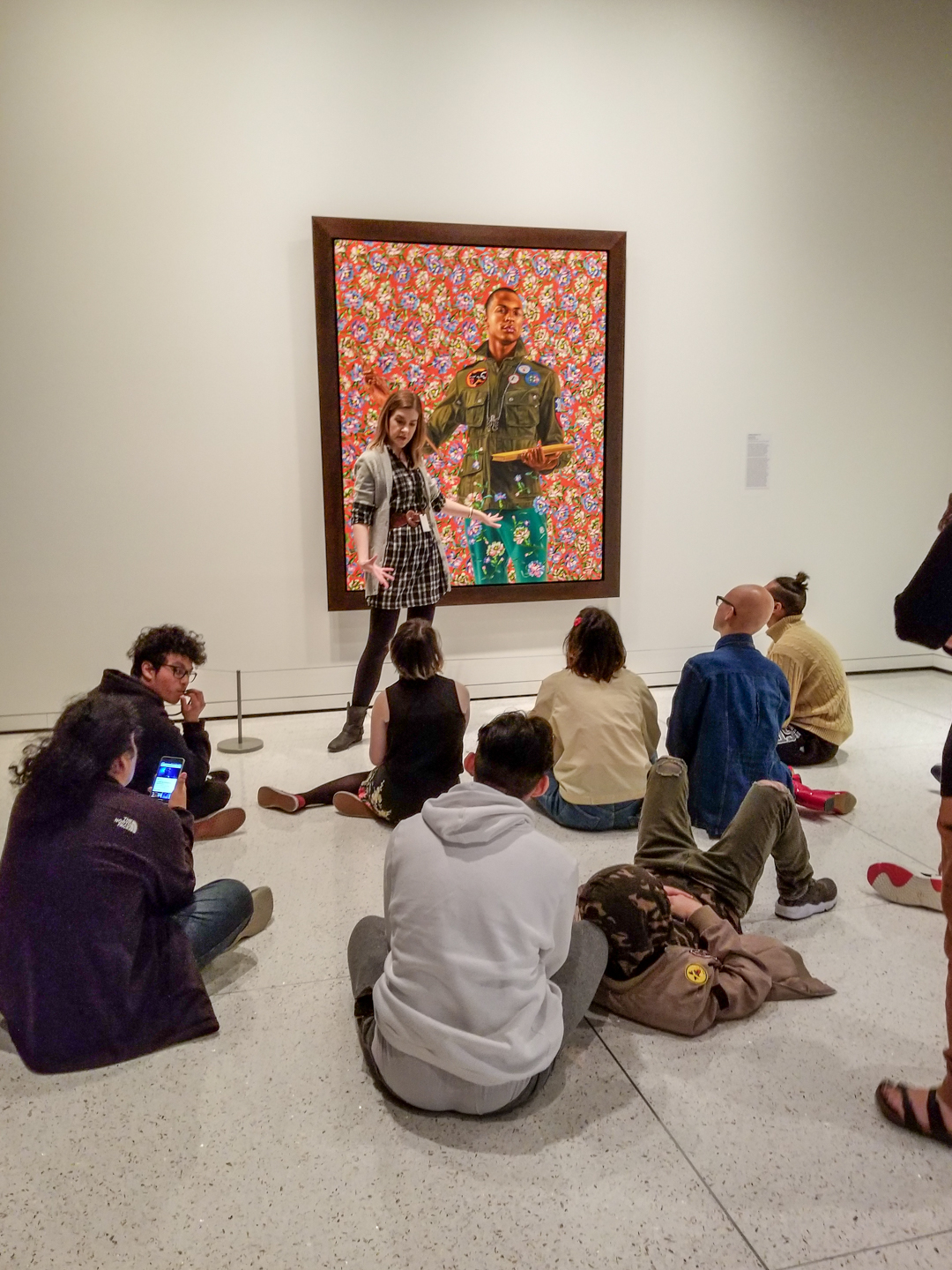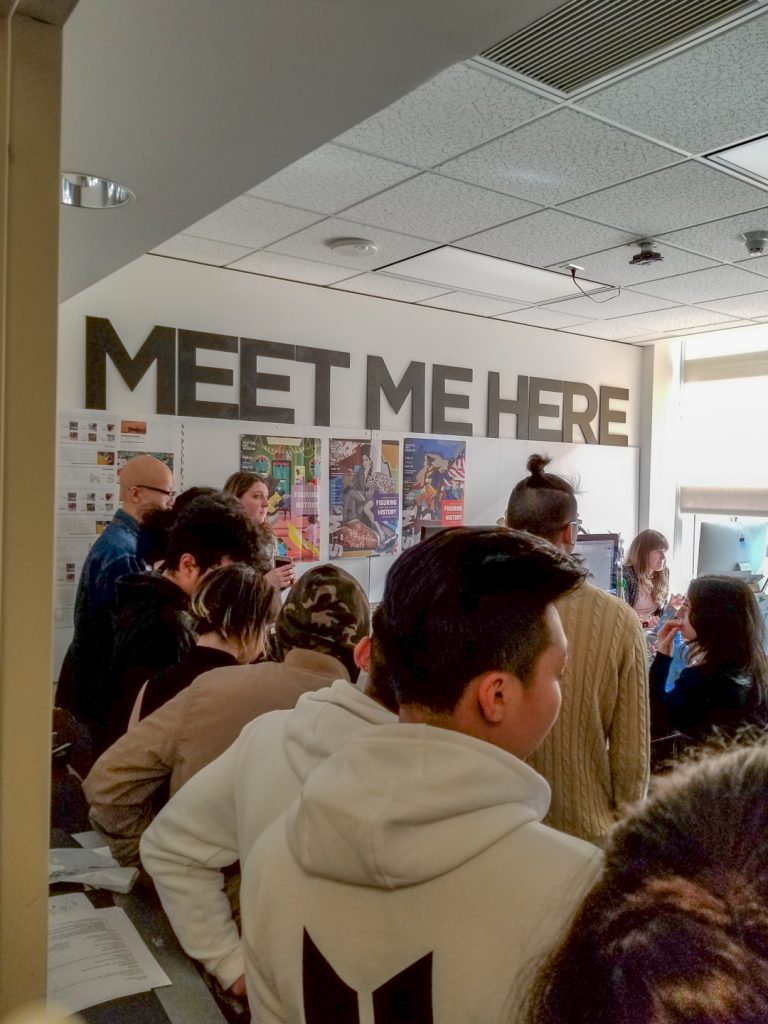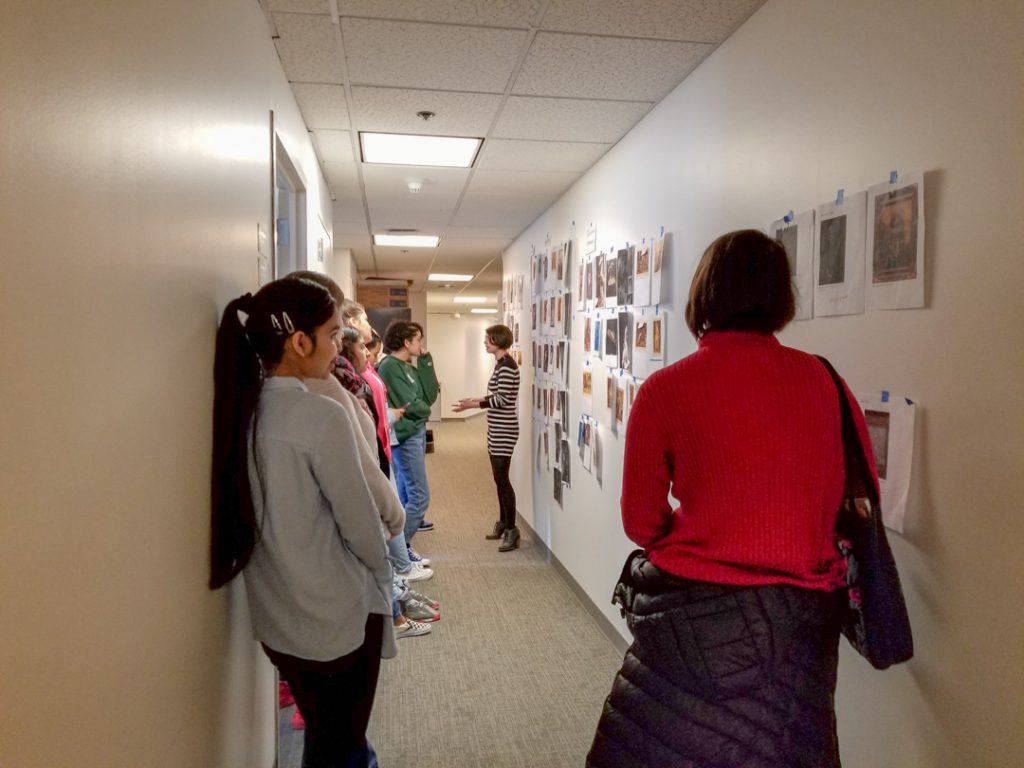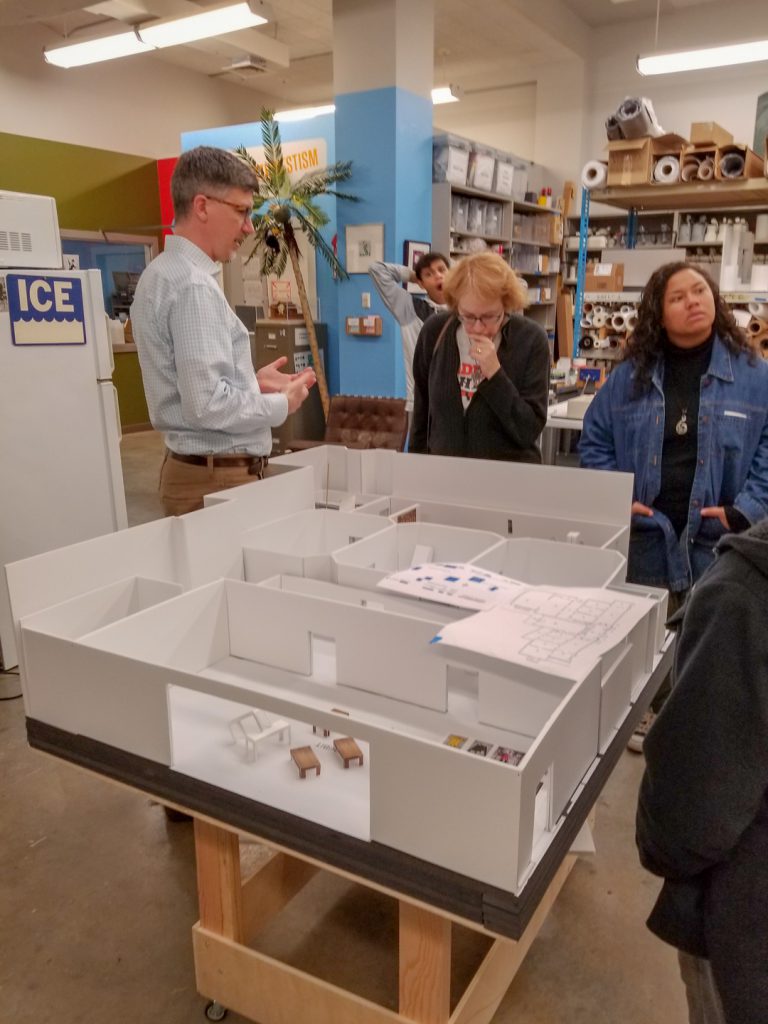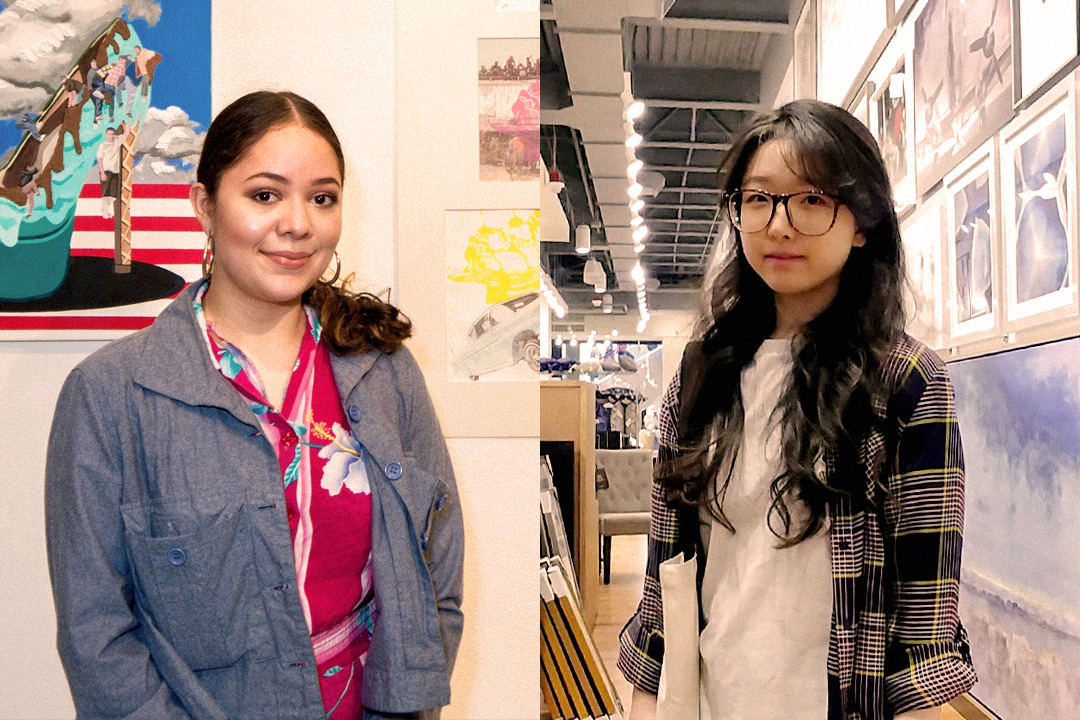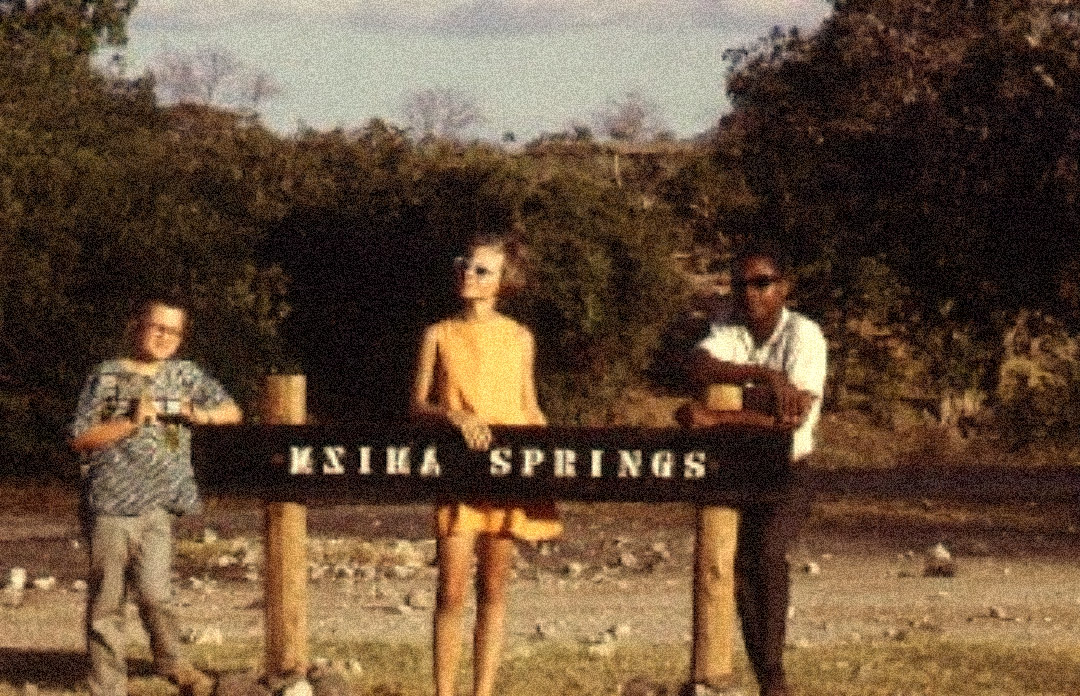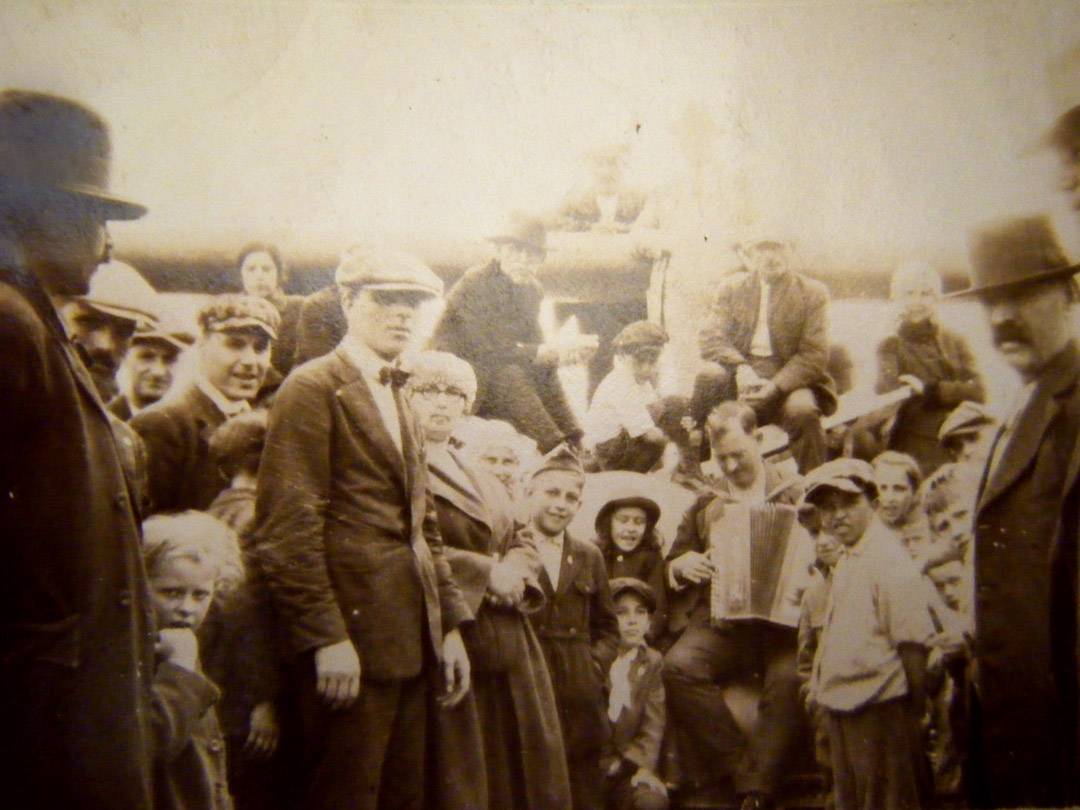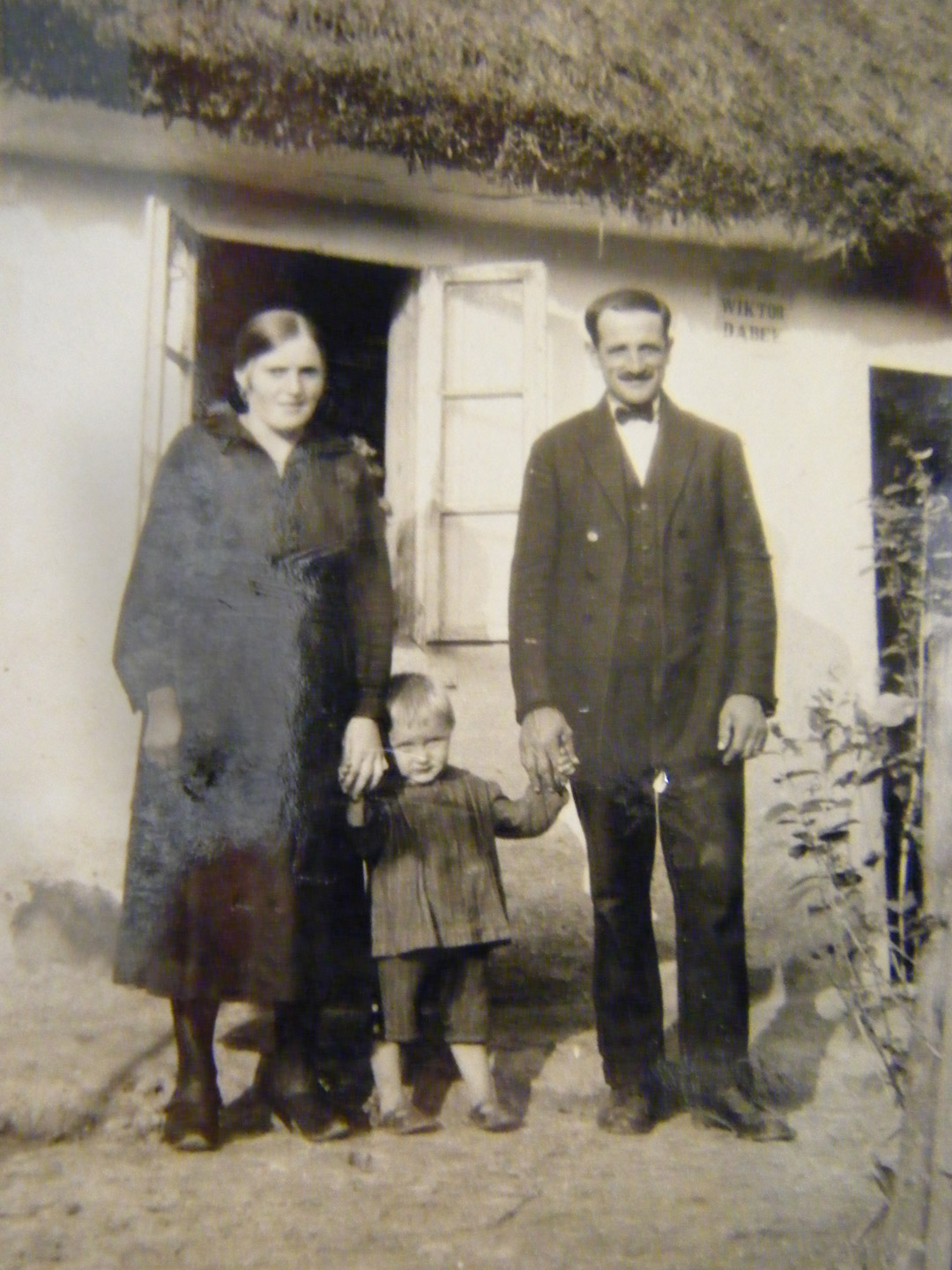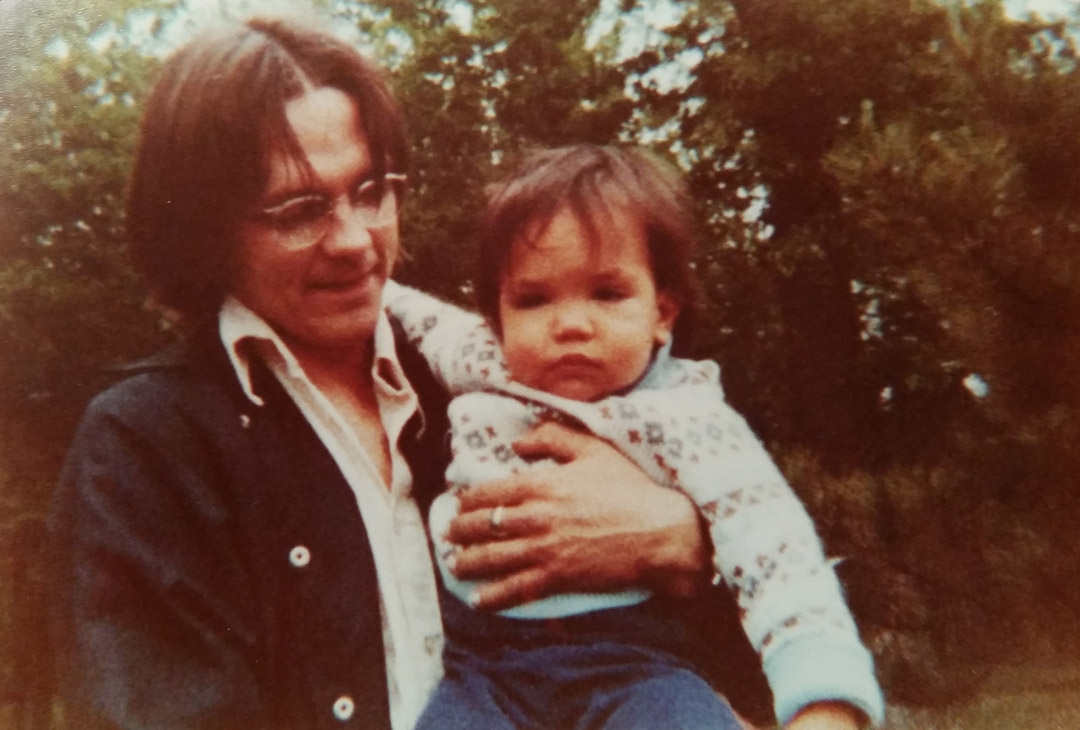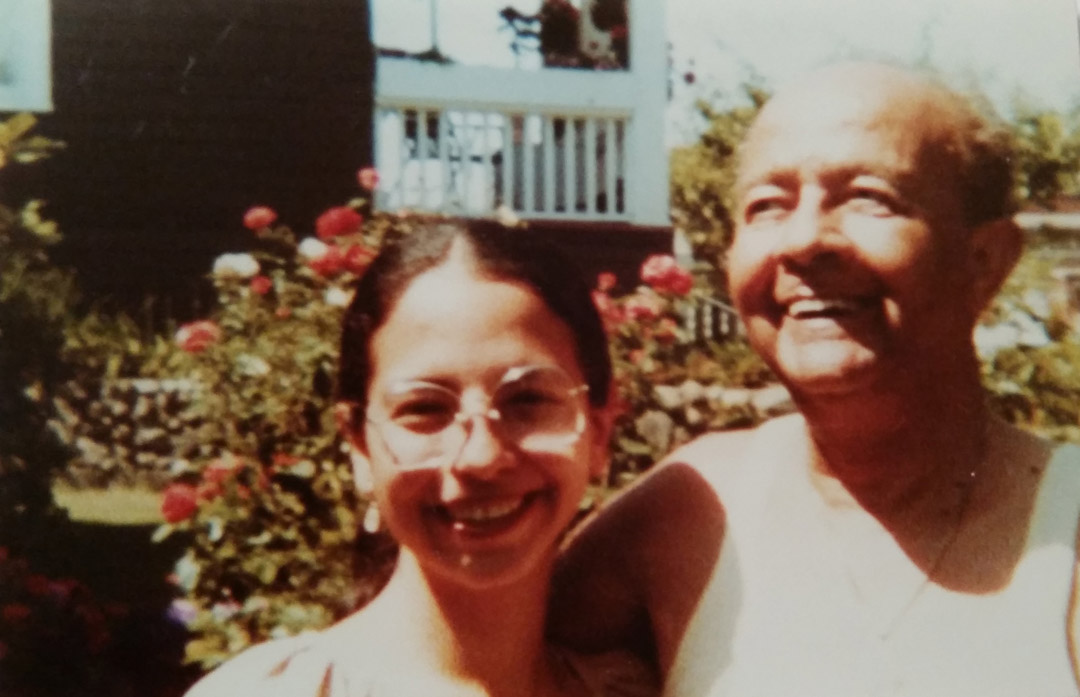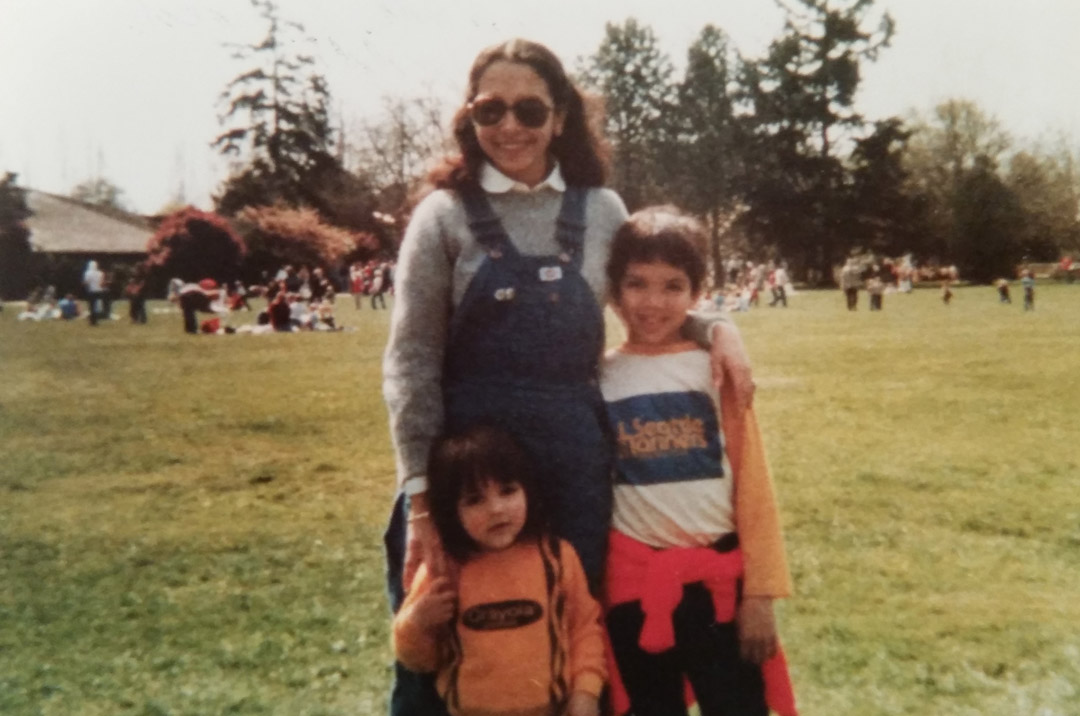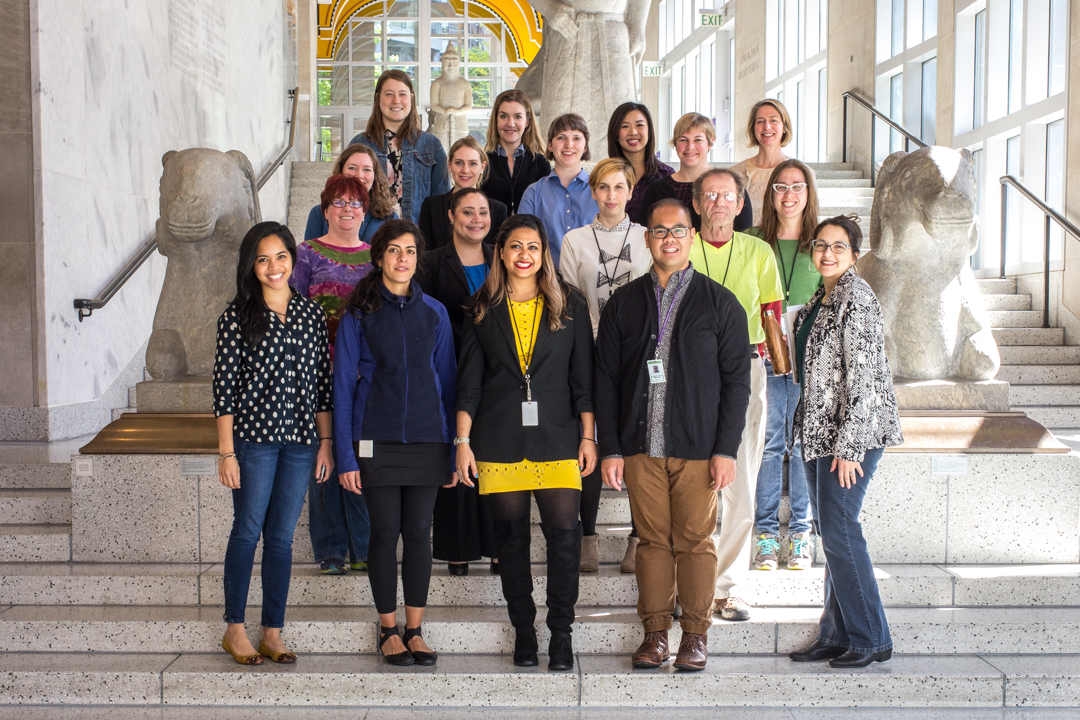Equity at SAM: Furthering Our Collective Commitment
SAM aims to be transparent with what is happening behind the scenes at the museum as it moves forward with its important equity work. You may already be familiar with our internal Equity Team, a staff-driven, cross-departmental advisory group, has been working since 2016 to deepen SAM’s commitment to racial equity in all areas of the institution. Now, we want to share a major, six-month initiative that took place from August 2020 to January 2021: the Equity Task Force.
The goal of this task force was to build on SAM’s commitment to fostering equity and inclusion throughout the museum. Composed of SAM board members, staff, and members of the museum’s Education and Community Engagement Committee, it was chaired by board president Carla Lewis, board member Cherry A. Banks, and SAM’s lllsley Ball Nordstrom Director and CEO, Amada Cruz. The task force as a whole represents a diverse cross-section of SAM staff and community members so that many perspectives could be brought to the table.
Over the course of six months, this group gathered virtually to brainstorm, comb through research, discuss ideas, and ultimately develop recommendations in four critical departments at the museum. We’d like to share some of the broad visions with you:
1. Human Resources: Create a more inclusive work environment and increase representation of Black, Indigenous, and people of color (BIPOC) at SAM through a focus on recruitment, hiring, and retention practices.
2. Curatorial: Increase BIPOC representation in SAM’s collections, exhibitions, and gallery interpretation; further community collaborations; and expand the scope of programming.
3. Development: Build inclusive fundraising and membership practices that center trust and authenticity to increase connections with BIPOC audiences.
4. Communications: Better understand who our current audiences are and identify those communities where we can more effectively engage. Provide strategic guidance to departments across SAM in communicating equity priorities, goals, and progress both internally and externally.
These are summaries of the expansive, detailed timelines that were generated through this work. Departments are already implementing many of these initiatives as they continue planning and identifying resources for the long term.
Advancing racial equity at SAM is everyone’s responsibility. We want to reflect that commitment within the priorities and plans of every element across the institution. We recognize that this work never ends, and that we each play a role—including you—in creating a museum where everyone feels a powerful sense of belonging and can connect with the art and ideas on view.
Learn more about Equity at SAM here.
A version of this article was first printed in the June 2021 edition of SAM Magazine.
Image: “We Are All in This Together,” 2002, Mark Mumford, vinyl lettering produced from CD formatted for a MAC with both a FreeHand and an EPS version of the artwork, dimensions variable, Gift of Carlos Garcia and James Harris in honor of Kimberly Richter Shirley, 2003.60, ©️ Mark Mumford.
